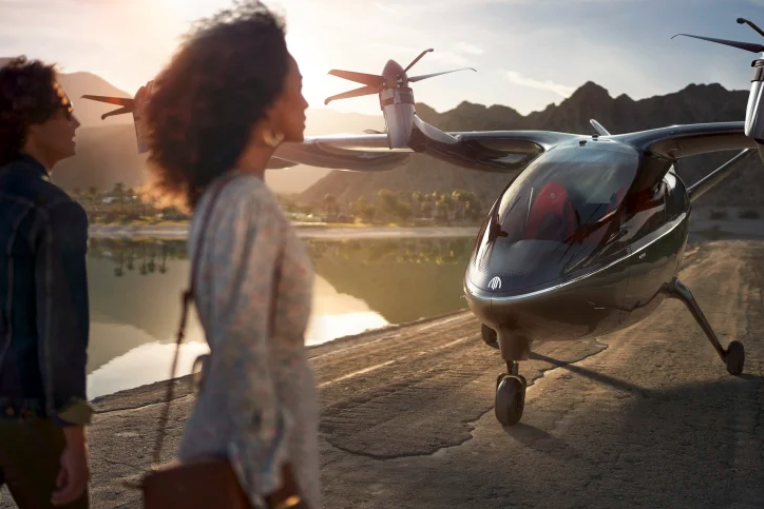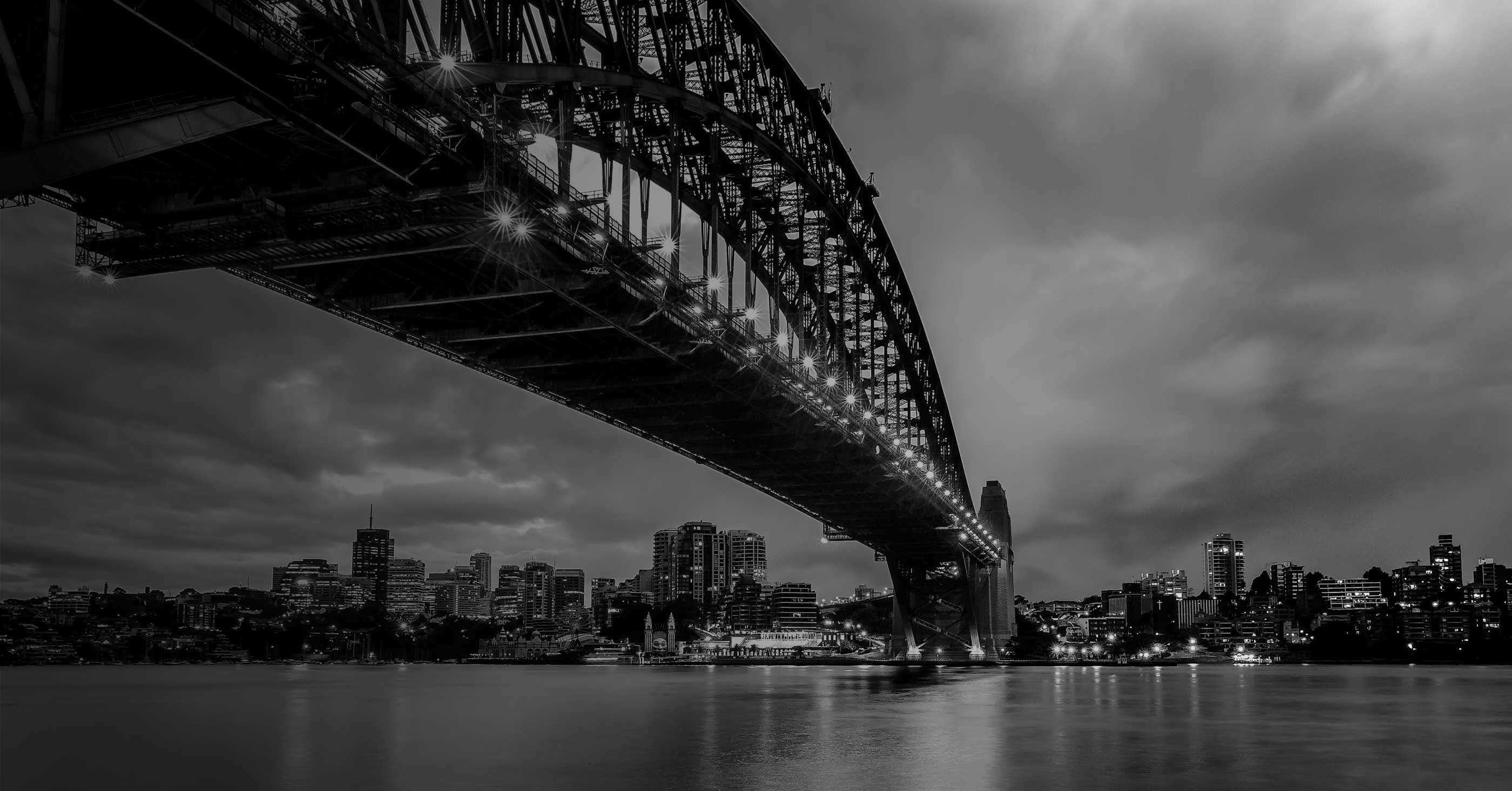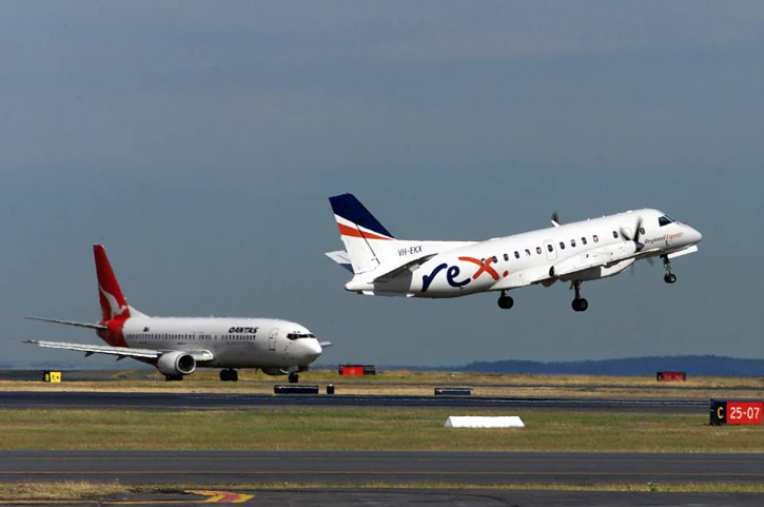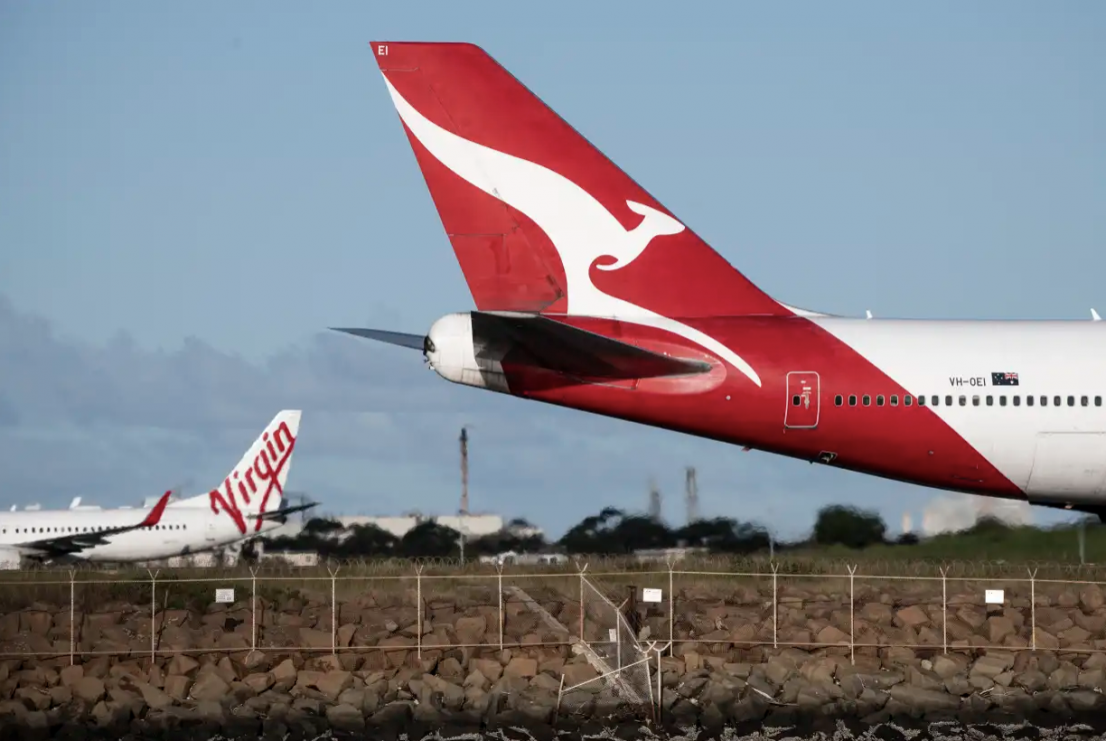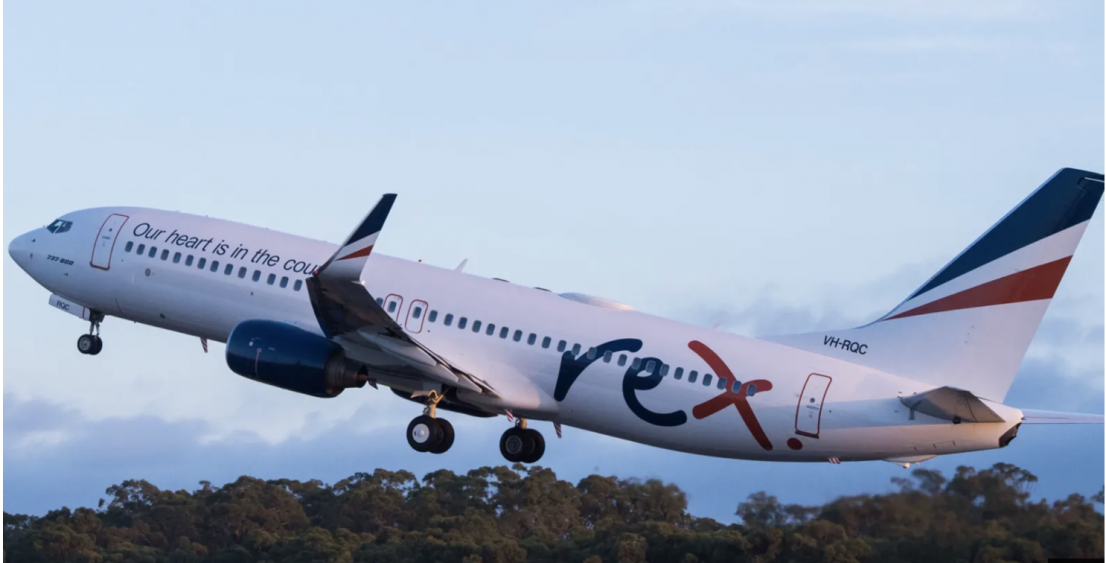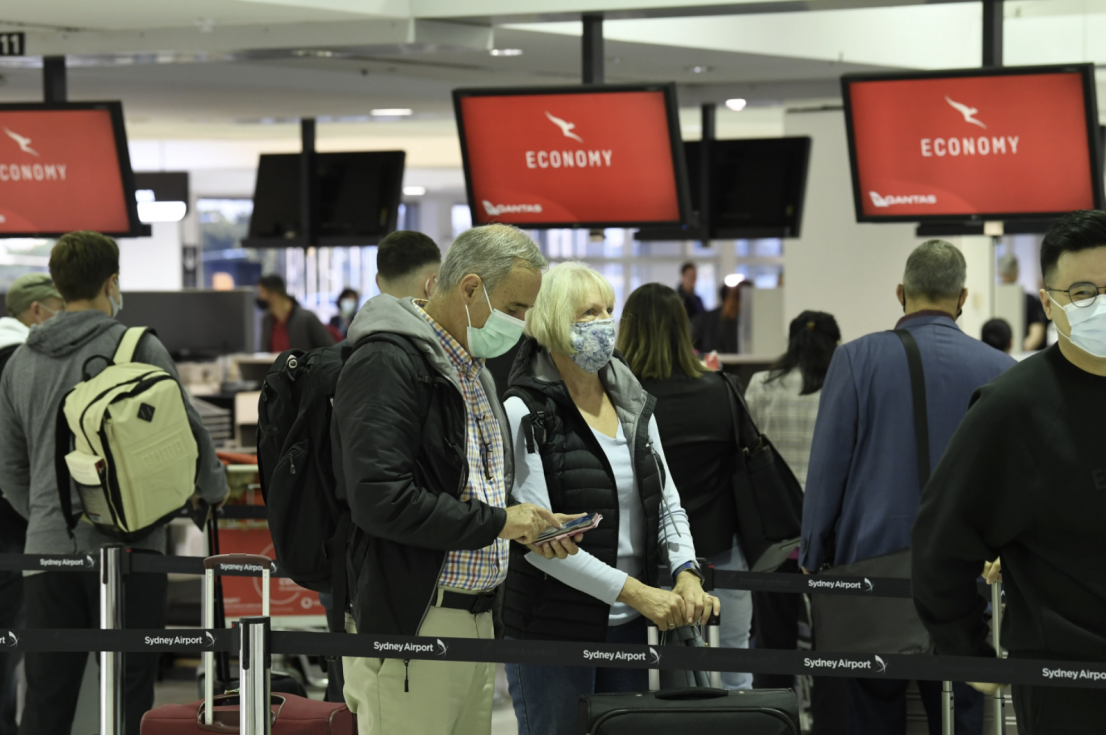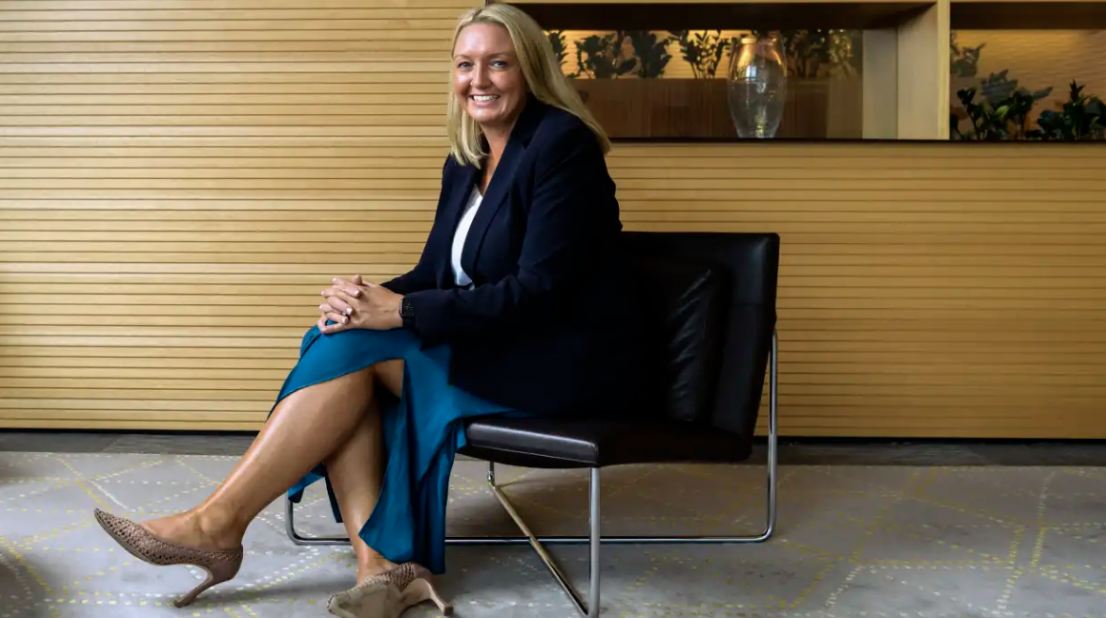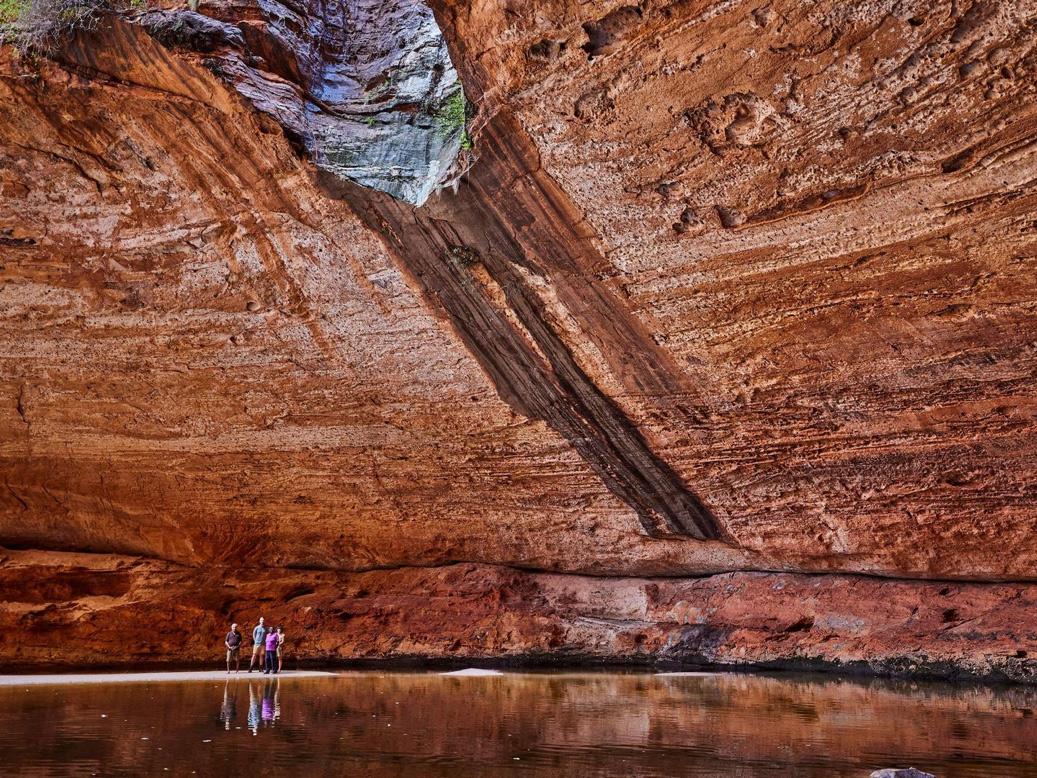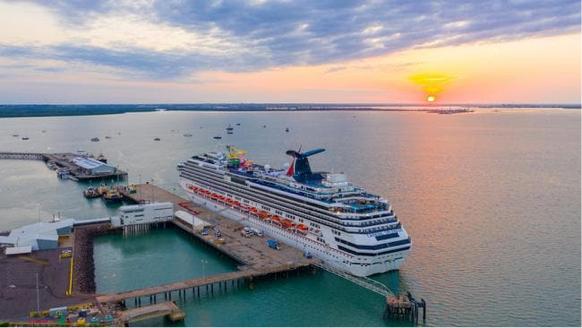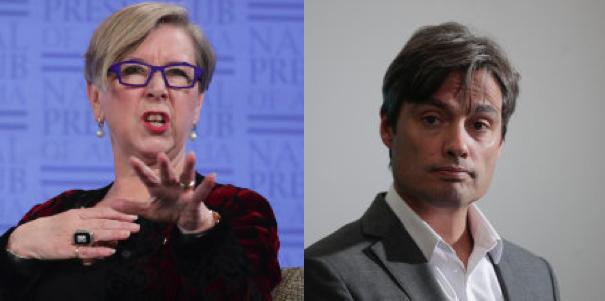
A growing chorus of medical experts, including advisers to federal and state governments, are pressing for a national plan to gradually reopen the international border and adjust quarantine for returned travellers as vaccines are deployed.
Amid frustration from government MPs about the prospect of border closures until mid-2022, Prime Minister Scott Morrison said on Sunday Australians who were vaccinated would be allowed to travel, first, domestically and eventually overseas.
Jane Halton says it would be prudent to start thinking about opening once the vaccine is rolled out to 70 to 90 per cent of the population.
Mr Morrison declined to put a timeline on the international border reopening to “green” countries, beyond saying it would be “many months” away.
Government adviser on vaccines and hotel quarantine, Jane Halton said the government should now be “scenario planning” to avoid a delay in reopening once the vaccine is rolled out to 70 to 90 per cent of the population.
“It would be prudent to start thinking about scenarios that are able to protect the country while the vaccine is rolled out, in order to ensure we can continue to grow the economy,” Ms Halton said.
“That could include additional quarantine facilities.”
Treasurer Josh Frydenberg said on Sunday the government looked favourably upon plans being developed by NSW and South Australia to bring in more foreign university students, “over and above” the existing caps for Australians returning home.
“They have to be ticked off by the chief medical officer,” Mr Frydenberg said.
University of Melbourne professorial fellow in epidemiology Tony Blakely said the government in the second half of this year could safely open up travel with a small number of low-virus jurisdictions such as China and Taiwan.
“There’s really no reason why we can’t be taking in Chinese students in modified quarantine set up by universities, perhaps for seven days if they clear a test on day five,” Professor Blakely said.
“Epidemiologically, they’d present lower risk to our community than someone coming out of hotel quarantine where they can pick it up in the hotel.”
Barring a new extreme virus variant, Professor Blakely said he hoped borders would be relatively open in 12 months without quarantine from most countries, except high-case nations.
Before then, children needed to be vaccinated, he said.
“If we open up before then it would be pretty ugly because even if kids don’t get seriously ill, they are like a horizontal transmission between all the families.”
“There will be a point some time next year where we pivot and let more people come in more freely and we accept the virus is going to get in.”
“There will be pockets of infection and there will be more morbidity and mortality, but at some time we do need to open up.”
Professor Blakely last year provided modelling to the Victorian government to inform its second lockdown decision.
Former deputy chief medical officer Nick Coatsworth and Victorian chief health officer Brett Sutton both said Australia would need to reopen to the world once most Australians were vaccinated.
Once the population is sufficiently vaccinated we should be opening our borders for those who are vaccinated in a staged and gradual process.
Professor Sutton reportedly said that Australia would ultimately need to “make a call on letting it run”.
Deakin University chair in epidemiology Catherine Bennett said the border closure had “bought time” to build resilience and deploy a vaccine, but Australia needed an “end point”.
A plan to reopen borders would also encourage Australians to get vaccinated, she said.
“We need a much clearer road map out by measuring and managing risk,” Professor Bennett said.
Nick Coatsworth says community needs to get used to the idea we will need to open our international borders. Alex Ellinghausen
“That’s quarantine facilities, home quarantine, it’s duration of quarantine and triaging risk to manage the border.”
The federal government’s strategy is to open the borders in increments, based on health advice.
Mr Morrison said the pandemic response needed to be handled in a series of small steps.
“The next step is to be able to enable Australians who have been vaccinated to firstly travel around Australia” he said.
Mr Morrison said the second step was to allow vaccinated Australians to travel to so-called green countries that have low rates of infection.
He said allowing people to travel to “red zones” – such as India at present – would not only be dangerous but it would complicate efforts to try and get people out of those countries.
Mr Morrison said even if the vaccine program had been rolled out by the end of this year, there would still be millions of children unvaccinated and some unprotected adults who chose not be vaccinated.
There could also be new strains of the virus, he said.
The Liberal MP for the Sydney inner western seat of Reid, Fiona Martin, said her constituents were finding the border closure very difficult.
“Many are separated from immediate family members,” Dr Martin said. “The vaccine rollout is critical.
“Once the population is sufficiently vaccinated we should be opening our borders for those who are vaccinated in a staged and gradual process.”
Other Liberal MPs including Tim Wilson, Dave Sharma, Jason Falinski and Katie Allen pushed for border reopenings in comments reported by Nine newspaper, Sydney’s Sun-Herald, on Sunday.
Dr Coatsworth wrote in The Sydney Morning Herald: “Our entire profession needs to help our community get used to the idea that we will need to open our international borders, and that quarantine must inevitably be modified for vaccinated Australians returning home.”
“It is clear we will not have our borders closed indefinitely, we will not have quarantine stations in perpetuity while we aim for the false idol of eradication, and we need to come to terms with the idea that we cannot, nor do we need to, ride this one out in an eliminationist bunker.
“At a point in the future when a significant majority of our community is vaccinated, there will be pressure to open our borders.
“We must not resist that, in fact, when the time is right, we should be leading the calls for it.”
In private remarks to healthcare workers, reported by The Age, Professor Sutton said that Australia would ultimately need to “make a call on letting it run” once vaccinations have been widely offered.
“We need to somehow communicate to the public that we’ve gotten to a place of complacency because we’ve driven transmission to zero but we will face newly emerging transmission, and a critical juncture where we need to make a call on letting it run,” he said.
“I think that’ll be when we’ve got as high vaccination coverage for the adult population as we can possibly get to, so everyone being offered it, and building that confidence in vaccines as much as we can ... then we need to really say, ‘Look, we can’t sit on our hands here.’
“We all need to step up to get vaccinated in order to open up Australia to world travel and arrivals so that our education sector, tourism sector and all of the other kinds of compassionate reasons for us to see family and friends overseas can come to the fore.”
NSW Treasurer Dominic Perrottet said last week Australia must set a deadline for reopening its international border, to avoid the country being “left behind” by the rest of the world.
